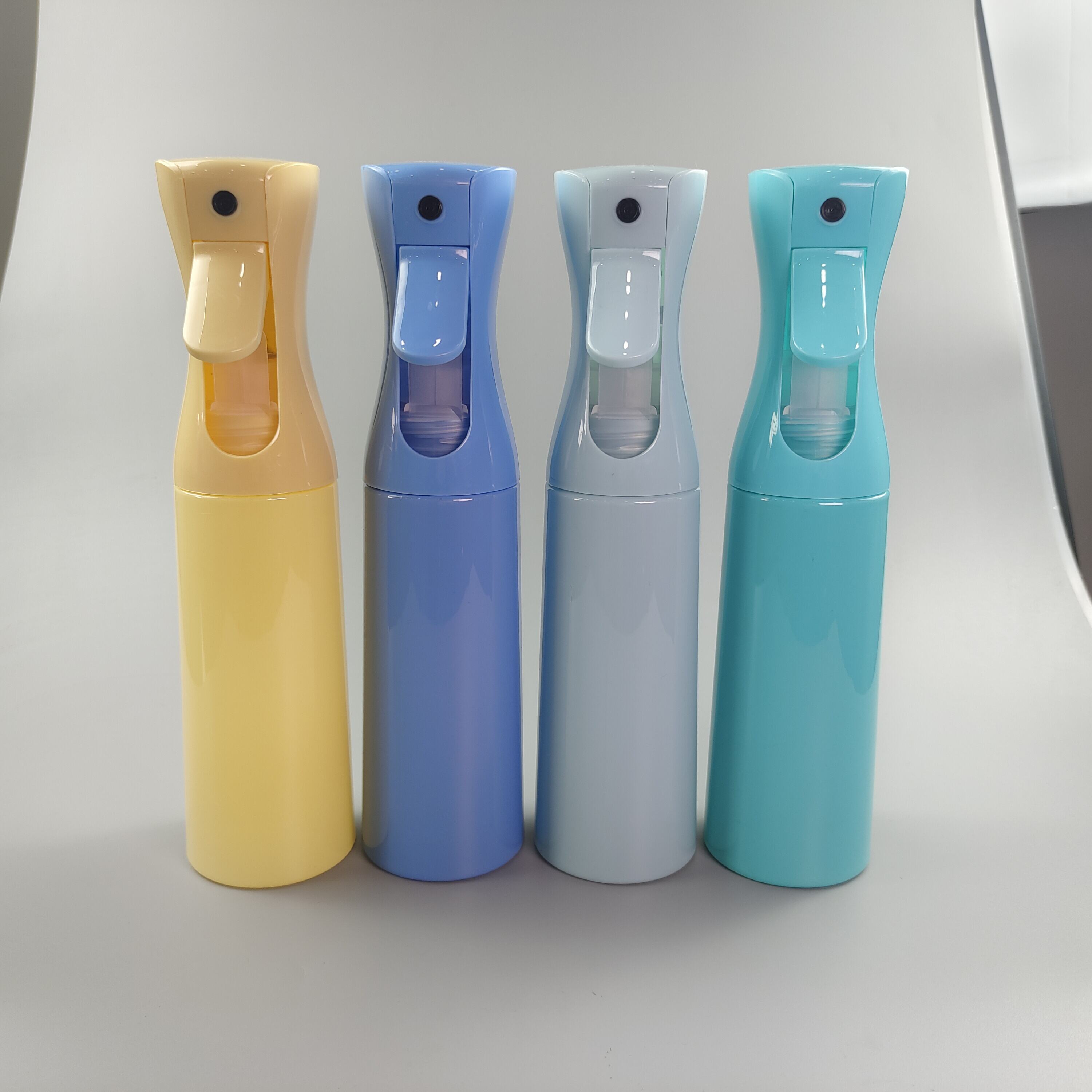Understanding the Versatility of Modern Plastic Packaging Solutions
In today's fast-paced consumer market, plastic bottles have emerged as the cornerstone of packaging solutions for household and cosmetic products. Their widespread adoption isn't merely a coincidence - it's the result of decades of innovation in materials science and manufacturing techniques. From bathroom cleaners to premium skincare serums, plastic bottles offer an unmatched combination of practicality, safety, and versatility that continues to make them the preferred choice for both manufacturers and consumers.
The evolution of plastic bottles has transformed the way we store, dispense, and use everyday products. Their lightweight nature, durability, and cost-effectiveness have revolutionized the packaging industry, making products more accessible while maintaining their integrity. As we delve deeper into the advantages of plastic bottles, we'll explore why they remain the gold standard for packaging across multiple industries.
Benefits of Plastic Packaging in Modern Consumer Products
Superior Protection and Preservation
Plastic bottles provide exceptional barrier properties that protect contents from external factors like moisture, air, and light. This protective capability is crucial for preserving the efficacy of sensitive formulations, especially in cosmetic products where active ingredients must remain stable throughout their shelf life. The material's inherent resistance to chemical reactions ensures that products maintain their intended properties without contamination or degradation.
Furthermore, plastic bottles can be engineered with varying thickness levels and specialized barriers to meet specific product requirements. Whether it's a gentle facial toner or a powerful household cleaner, the packaging can be customized to provide optimal protection while ensuring the contents remain fresh and effective.
Design Flexibility and Customization Options
One of the most significant advantages of plastic bottles is their remarkable design flexibility. Manufacturers can create unique shapes, sizes, and styles that not only enhance product functionality but also strengthen brand identity. The moldability of plastic allows for intricate designs, ergonomic grips, and innovative dispensing mechanisms that improve user experience.
Color options and surface finishes provide endless possibilities for brand differentiation. From crystal-clear bottles that showcase product transparency to sophisticated metallic effects that convey premium quality, plastic packaging can be tailored to meet any marketing strategy or brand positioning requirement.
Environmental Considerations and Sustainability Features
Recyclability and Material Innovation
Modern plastic bottles are increasingly designed with environmental consciousness in mind. Many are now produced using recyclable materials such as PET (Polyethylene Terephthalate) or HDPE (High-Density Polyethylene), which can be effectively processed in existing recycling systems. Manufacturers are also incorporating post-consumer recycled (PCR) content into their packaging, reducing the demand for virgin plastic materials.
The lightweight nature of plastic bottles contributes to reduced transportation costs and lower carbon emissions compared to alternative materials. This efficiency in logistics and distribution makes plastic bottles a more environmentally conscious choice when considering the entire product lifecycle.
Sustainable Manufacturing Processes
Advanced manufacturing techniques have made the production of plastic bottles more sustainable than ever. Energy-efficient processes, waste reduction strategies, and closed-loop systems help minimize the environmental impact of packaging production. Manufacturers are increasingly adopting these responsible practices while maintaining the high quality and functionality that consumers expect.
Innovation in bio-based plastics and biodegradable alternatives continues to expand the possibilities for environmentally friendly packaging solutions. These developments demonstrate the industry's commitment to addressing environmental concerns while preserving the practical benefits of plastic bottles.

Safety and Regulatory Compliance
Material Safety Standards
Plastic bottles used in household and cosmetic products must meet stringent safety requirements. Manufacturers carefully select materials that are FDA-approved and comply with international safety standards. These regulations ensure that the packaging materials do not interact with the contents or release harmful substances, maintaining product integrity and consumer safety.
Quality control measures throughout the manufacturing process guarantee consistency and reliability in plastic bottle production. Regular testing and certification procedures verify that all safety standards are met, providing peace of mind to both brands and consumers.
Consumer Protection Features
Modern plastic bottles incorporate various safety features to protect consumers. Child-resistant caps, tamper-evident seals, and secure closure systems help prevent accidents and ensure product authenticity. These safety mechanisms are particularly crucial for household cleaning products and certain cosmetic formulations that require careful handling.
Clear labeling and usage instructions can be permanently molded or printed on plastic bottles, providing essential safety information that remains legible throughout the product's life. This durability of information delivery is another key safety advantage of plastic packaging.
Cost-Effectiveness and Market Advantages
Production Efficiency
The manufacturing process for plastic bottles is highly efficient and scalable, resulting in lower production costs compared to alternative materials. High-speed production lines can produce thousands of units per hour while maintaining consistent quality. This efficiency translates to more competitive pricing for end consumers while ensuring profitable margins for manufacturers.
The ability to produce bottles in various quantities allows brands to effectively manage inventory and respond to market demands. This flexibility in production scheduling helps optimize resource utilization and reduce warehousing costs.
Supply Chain Benefits
Plastic bottles offer significant advantages throughout the supply chain. Their lightweight nature reduces shipping costs and fuel consumption during transportation. The durability of plastic packaging minimizes breakage and product loss during handling and distribution, resulting in better overall cost management.
The stackability and space efficiency of plastic bottles optimize storage and display capabilities, benefiting both retailers and distributors. These practical advantages contribute to the overall economic viability of choosing plastic packaging for consumer products.
Frequently Asked Questions
Are plastic bottles safe for storing cosmetic products?
Yes, plastic bottles designed for cosmetic products undergo rigorous safety testing and are manufactured using materials specifically approved for cosmetic packaging. They are engineered to be chemically inert and maintain product stability throughout the intended shelf life.
How do plastic bottles contribute to product preservation?
Plastic bottles provide excellent barrier properties against moisture, air, and light, helping to maintain product freshness and efficacy. Their protective capabilities can be enhanced through specialized materials and designs tailored to specific product requirements.
What makes plastic bottles environmentally responsible?
Modern plastic bottles are increasingly manufactured using recyclable materials, incorporate post-consumer recycled content, and are designed for easy recycling. Their lightweight nature also reduces transportation-related emissions, while ongoing innovations in bio-based materials continue to improve their environmental profile.




